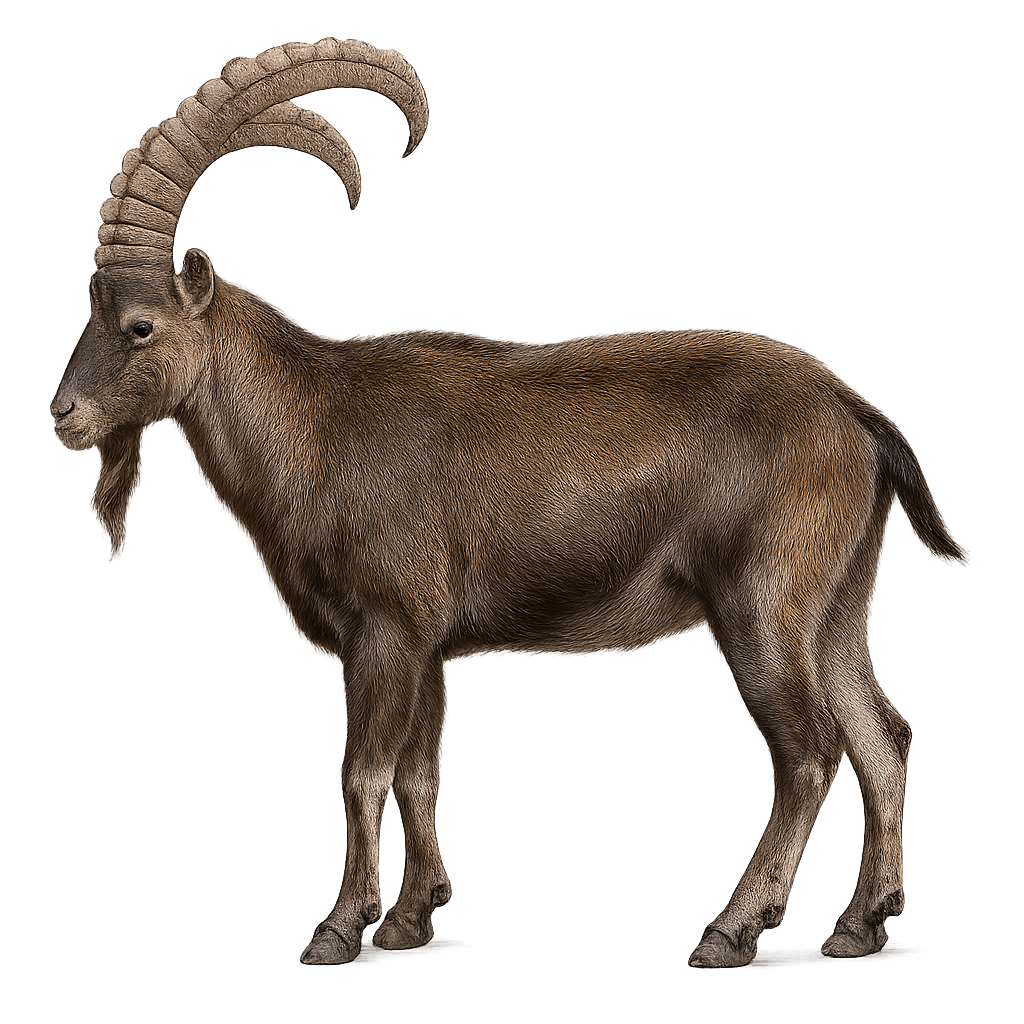Your wildlife photography guide.
Explore the walia ibex in detail, study its behavior, prepare your shots.
Where to observe and photograph the walia ibex in the wild
Learn where and when to spot the walia ibex in the wild, how to identify the species based on distinctive features, and what natural environments it inhabits. The WildlifePhotographer app offers tailored photography tips that reflect the walia ibex’s behavior, helping you capture better wildlife images. Explore the full species profile for key information including description, habitat, active periods, and approach techniques.
Walia Ibex
Scientific name: Capra walie

IUCN Status: Critically Endangered
Family: BOVIDAE
Group: Mammals
Sensitivity to human approach: Shy
Minimum approach distance: 50 m
Rut period: September to October
Gestation: 150-160 jours
Births: February to March
Habitat:
Rocky mountains, alpine meadows, steep cliffs
Activity period :
Primarily active during the day, with peak activity in the morning and late afternoon.
Identification and description:
The Walia ibex, or Capra walie, is a species of ibex endemic to the Ethiopian highlands, particularly in the Simien Mountains National Park. It is distinguished by its impressive, curved horns, which can reach up to 110 cm in males. The coat is dark brown with lighter markings on the belly and legs. Males are generally larger and heavier than females, weighing up to 125 kg. This species is well adapted to steep, rocky terrains, where it primarily feeds on grasses and shrubs. Unfortunately, the Walia ibex is critically endangered due to hunting and habitat loss.
Recommended lens:
400mm – adjust based on distance, desired framing (portrait or habitat), and approach conditions.
Photography tips:
To photograph the Walia, it is essential to blend into the landscape to avoid startling it. Use a telephoto lens of 400 mm or more to capture detailed images from a distance. The best times to photograph are early morning or late afternoon when the light is soft and the animals are more active. Be patient and quiet, and avoid sudden movements. A tripod can be useful to stabilize your camera in the rugged terrains of the Ethiopian mountains.
The WildlifePhotographer App is coming soon!
Be the first to explore the best nature spots, track rutting seasons, log your observations, and observe more wildlife.
Already 1 432 wildlife lovers subscribed worldwide

